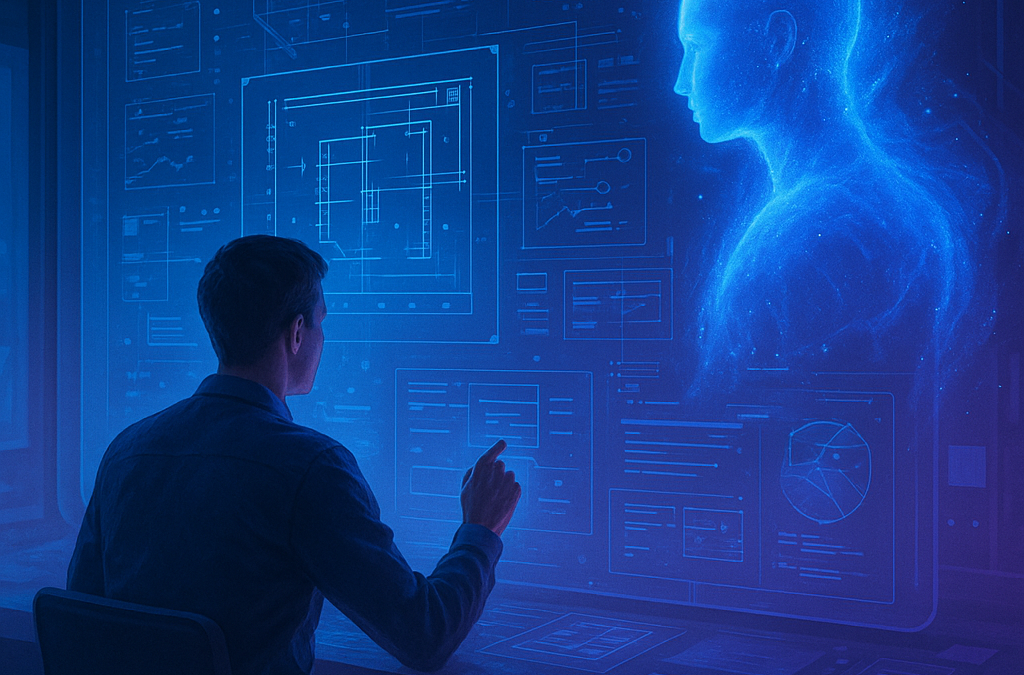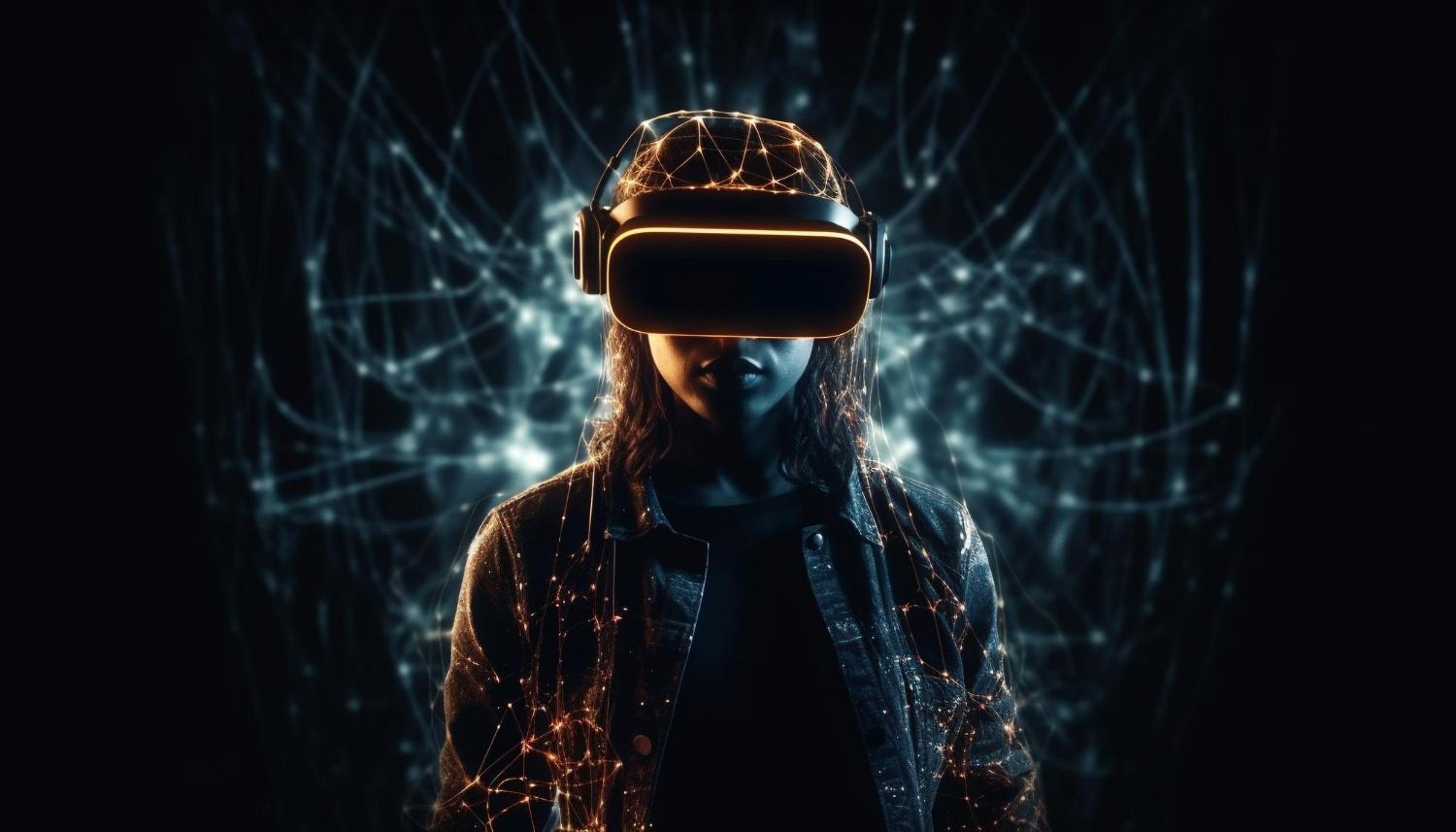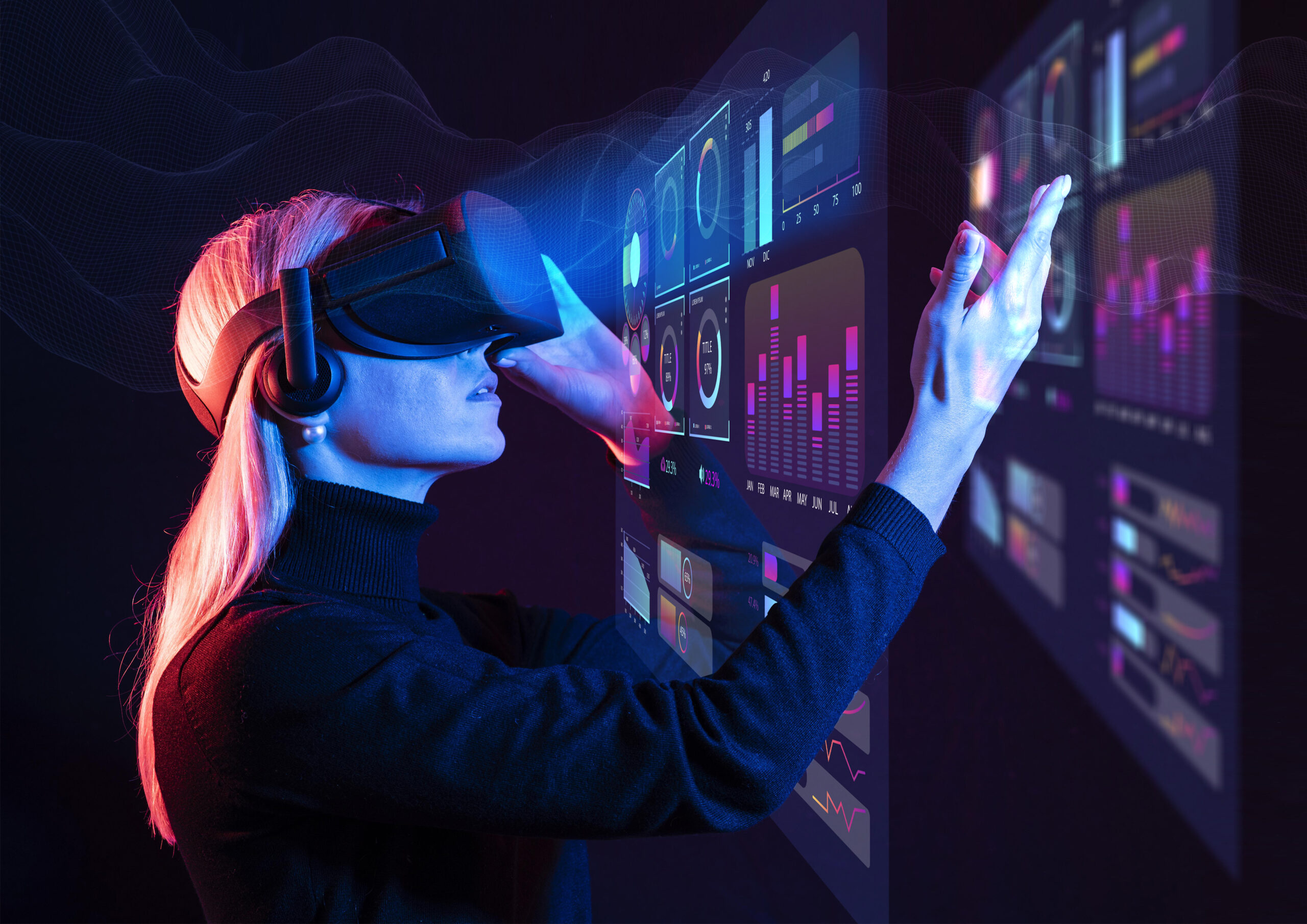
In recent years, we’ve witnessed an explosion of AI-based tools – especially in the SaaS universe. But something curious (and worrying) has happened in the design of these experiences: they have all started to look the same.
Open any product and see for yourself. In 9 out of 10 cases, you’ll come across a chat interface, a little box in the corner of the screen, ready to receive commands in natural language. Simple? Yes, but limiting.
We’re stuck in the era of “AI in chat format”. And that’s no longer enough.
AI isn’t search – it’s co-creation
A common analogy to defend this model is Google: “A little search box generated billions of users.” But this comparison ignores a fundamental factor: search is a one-off action; collaboration with AI is a creative process.
When we search for something, we ask a question and receive an answer. When creating with AI, we need cycles of ideation, experimentation and refinement. This requires more than a linear conversation – it requires tools, context, visual persistence and fluidity.
Interfaces based exclusively on chat impose an artificial flow on the user. They:
- They erase context as the conversation progresses
- They don’t offer visual space to create, test or compare
- They turn the user into a “prompt engineer” rather than a fluid creator
- They don’t integrate with real working environments (documents, whiteboards, presentations)
It’s like trying to edit a movie by messaging the editor – without seeing what he’s doing. It may work for small adjustments, but not for a complete creative process.
What’s next: AI integrated into the workspace
The future of AI UX lies in the hybrid experience, where the user and the AI share the same work environment. A two-panel model, with distinct and complementary functions:
- Panel 1: The Creation Space – where the work actually happens. It could be a document, a spreadsheet, a design canvas, a presentation.
- Panel 2: The Collaborative AI – integrated into the context, suggesting, editing, prototyping within the experience, not apart from it.
Imagine AI reviewing a document alongside you, highlighting passages that need restructuring, suggesting alternatives and comparing versions with you. Or an AI in a design project, showing variations directly on the board, without having to describe anything in words.
These experiences have already begun to appear in tools such as Notion AI, Figma, Canva, Coda and even code editors with intelligent copilots. But this is still the exception, not the rule.
Chat is a great starting point – but it can’t be the destination
Chat has been instrumental in popularizing AI. It has made accessible what was once technical and distant. But now that users have understood the power of this technology, it’s time to give them back creative control.
AI needs to be in the act of creation – side by side with the user, in the same space, acting as a partner, not a separate assistant.
Companies that are still launching chat-only AI products in 2025 will lose out to those that are creating AI experiences that are native to the workflow.
The chat box taught us to pedal. But if we want to go further, it’s time to leave the wheels behind.
If you’re building AI experiences, the question isn’t: “Can the user talk to the AI?” But rather: “Can they build something together?”



